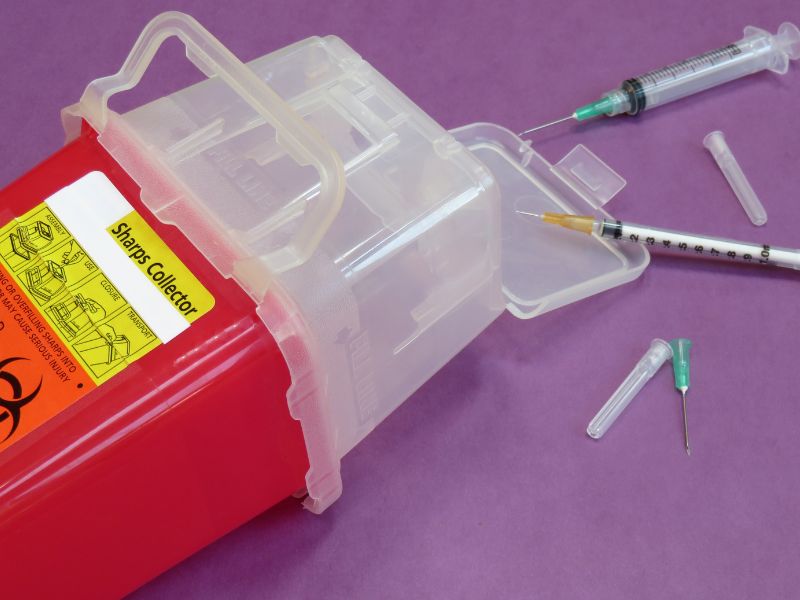In today’s fast-paced world, it’s crucial to acknowledge and address the potential hazards lurking within our communities. Among these risks, needle cleanup stands out as a critical concern often overlooked. Whether it’s in public spaces, abandoned properties, or even our own neighbourhoods. Improperly discarded needles pose significant health and safety risks to both individuals and the community at large.
At Trauma Clean 24 Seven, we recognise the importance of comprehensive clean-up solutions, especially when handling hazardous materials like needles. In this blog post, we shed light on the risks associated with needle clean-up and proactive measures individuals and communities can take to mitigate them.
Understanding the Risks
Needles cleanup, also known as sharps removal, are commonly used for medical purposes such as injections or drawing blood. However, when improperly disposed of, these needles become potential sources of harm. Here are some of the key risks associated with needle clean-up:
- Needlestick Injuries: Accidental pricks or punctures from used needles can lead to serious health consequences, including the transmission of bloodborne pathogens such as HIV, hepatitis B, and hepatitis C.
- Exposure to Contaminants: Needles found in public spaces may be contaminated with various substances, including drugs or bodily fluids, posing a risk of infection or exposure to harmful chemicals.
- Community Impact: The presence of discarded needles can negatively impact the perception of safety within a community, deterring visitors, affecting property values, and contributing to social unease.
Proactive Measures for Safe Clean-Up
While the risks associated with needle clean-up are significant, individuals and communities can take proactive steps to ensure safe and effective disposal:
- Education and Awareness: Promote awareness about the proper disposal of sharps and the potential risks associated with needle litter. Educate community members, including children and adults, about safe handling practices.
- Use Protective Gear: When conducting needle clean-up, always wear appropriate personal protective equipment (PPE), including puncture-resistant gloves and sturdy footwear. Avoid direct contact with needles and contaminated surfaces.
- Safe Disposal Procedures: Utilise designated sharps containers or puncture-proof disposal bins for the safe collection and disposal of needles. Avoid placing loose needles in regular trash bins or recycling containers.
- Professional Clean-Up Services: In cases where needle clean-up is extensive or poses significant risks, enlist the services of professional clean-up providers like Trauma Clean 24/7. Our experienced team is trained to handle hazardous materials safely and efficiently, ensuring thorough clean-up and decontamination.
Conclusion
Needle clean-up is not just a matter of aesthetics; it’s a crucial aspect of safeguarding public health and safety. By understanding the risks associated with improperly discarded needles and taking proactive measures to address them, individuals and communities can create cleaner, safer environments for all.
At Trauma Clean 24/7, we are committed to providing expert clean-up solutions tailored to the unique needs of each situation. From needle clean-up to biohazard remediation, we’re here to support communities in their efforts to promote health, safety, and well-being.
Remember, when it comes to needle clean-up, safety always comes first. Together, let’s take proactive steps to protect ourselves and our communities from the risks associated with improperly discarded needles.
Did you know? We offer a range of other specialist biohazard cleaning services including hoarding clean up, clean up after death and trauma and crime scene clean up. Contact us on 020 3481 9272 or email us at [email protected] for further information.

